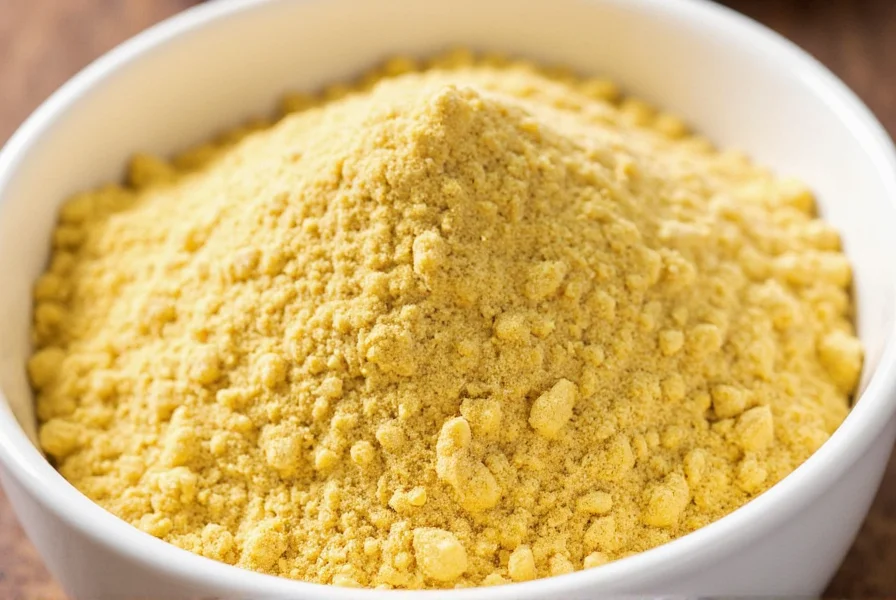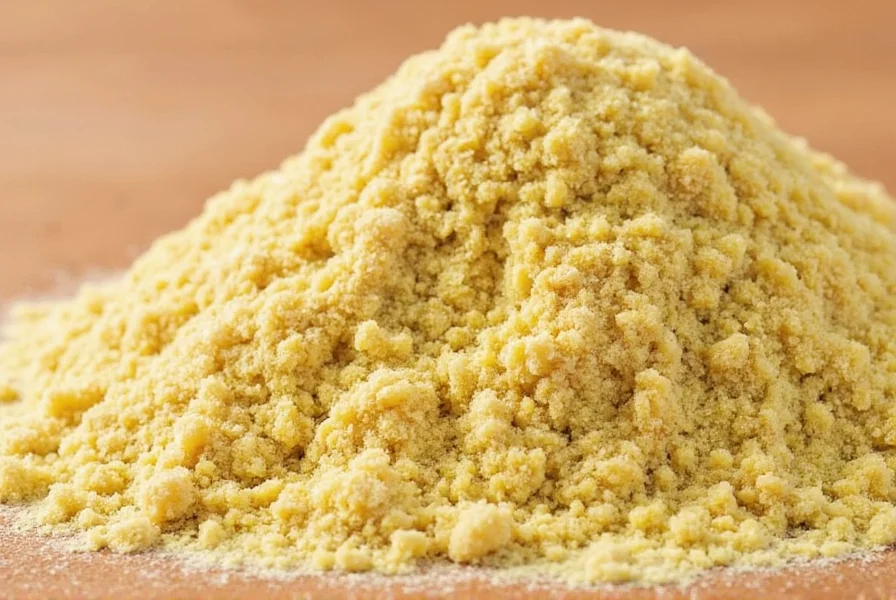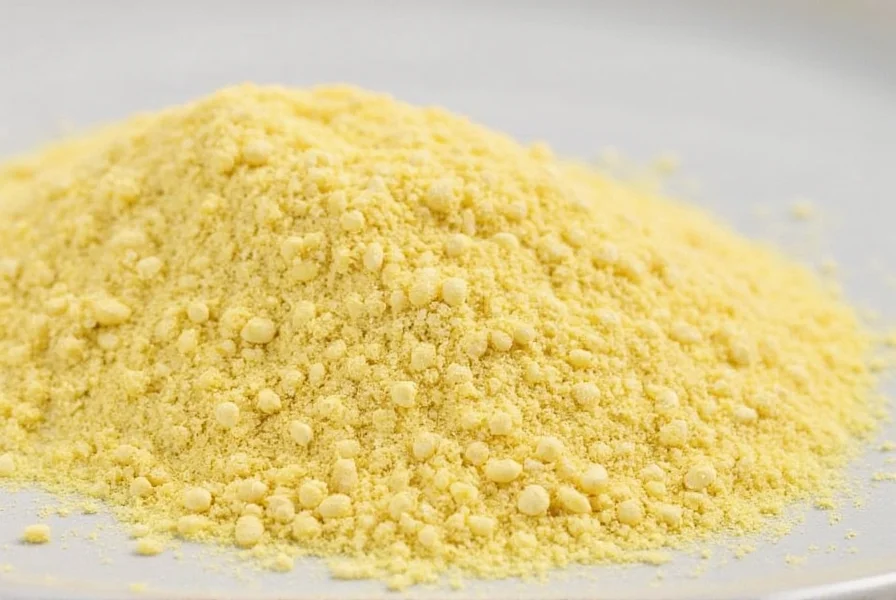Understanding how to effectively substitute ginger powder for fresh ginger can transform your cooking experience, especially when fresh ingredients aren't available. While both forms originate from the same rhizome, their flavor profiles, potency, and culinary applications differ significantly due to the dehydration process.
Understanding the Flavor and Potency Differences
Ginger powder contains approximately three times the concentration of gingerols—the compounds responsible for ginger's characteristic flavor and health benefits—compared to fresh ginger. During the drying process, fresh ginger loses moisture (about 80% water content) but retains most of its active compounds, resulting in a more intense, slightly warmer flavor profile.
Fresh ginger offers bright, citrusy notes with a sharper heat, while ginger powder develops earthier, more mellow characteristics with subtle woody undertones. This flavor transformation means certain dishes benefit more from one form than the other.

Practical Substitution Guide for Recipes
The standard ginger powder substitute for fresh ginger ratio works well for most applications, but specific recipe types require nuanced adjustments:
| Recipe Type | Substitution Ratio | Special Considerations |
|---|---|---|
| Baking (cookies, cakes) | 1/4 tsp powder = 1 tbsp fresh | Add 1-2 tsp liquid to compensate for moisture loss |
| Savory sauces & stir-fries | 3/8 tsp powder = 1 tbsp fresh | Add powder early to allow flavor dispersion |
| Marinades | 1/4 tsp powder = 1 tbsp fresh | Mix with oil first to prevent clumping |
| Beverages (tea, cocktails) | 1/8 tsp powder = 1 tbsp fresh | Steep longer for full flavor extraction |
When to Choose Powder Over Fresh (and Vice Versa)
Certain culinary applications work better with specific ginger forms. Understanding these distinctions helps you make informed decisions when substituting ginger powder for fresh ginger in recipes:
Best uses for ginger powder:
- Dry spice rubs where fresh ginger would create clumping
- Baked goods requiring even spice distribution
- Long-cooked dishes where fresh ginger might become fibrous
- Situations requiring precise measurement and consistent results
Best uses for fresh ginger:
- Raw applications like salads and ceviche
- Quick-cooking dishes where bright flavor shines
- Recipes requiring ginger's natural moisture content
- Dishes where visual presentation of ginger pieces matters
Storage Considerations and Shelf Life
One significant advantage of using ginger powder instead of fresh ginger is extended shelf life. Properly stored in an airtight container away from light and heat, ginger powder maintains peak quality for 2-3 years. Fresh ginger, by contrast, lasts only 1-2 weeks in the refrigerator or up to 6 months when frozen.
When storing fresh ginger, keep it in a paper bag in the vegetable crisper. For longer storage, submerge in vodka or sherry in an airtight container—this preserves flavor while preventing mold growth. Always peel ginger before freezing, then grate directly from frozen when needed.

Nutritional Comparison and Health Benefits
Both forms retain similar nutritional profiles, though fresh ginger contains slightly higher levels of certain volatile compounds. The drying process concentrates gingerols by removing water content, making powdered ginger potentially more potent milligram-per-milligram.
Research indicates that 6-gingerol (the primary bioactive compound) remains stable during drying, while some shogaols (related compounds with different health effects) increase during the dehydration process. This means ginger powder may offer enhanced anti-inflammatory properties compared to fresh in certain applications.
Avoiding Common Substitution Mistakes
Many home cooks make critical errors when replacing fresh ginger with powder. Understanding these pitfalls ensures better results:
- Over-substituting: Using equal volumes instead of adjusting for concentration
- Adding too late: Powder needs time to hydrate and disperse in liquids
- Ignoring moisture differences: Not compensating for the lack of water content
- Using old powder: Stale ginger powder loses potency and develops off-flavors
For optimal results when substituting ginger powder for fresh ginger, always add the powder early in the cooking process to allow full flavor development. In baking applications, consider increasing liquid content by 1-2 teaspoons per teaspoon of powder used to maintain proper dough or batter consistency.
Special Considerations for International Cuisines
Different culinary traditions have specific preferences regarding ginger forms. Asian cuisines often favor fresh ginger for its bright flavor in stir-fries and soups, while Indian and Middle Eastern dishes frequently use dried ginger powder for its earthier notes in spice blends.
When adapting traditional recipes, consider these cultural preferences. For example, Thai curry pastes typically require fresh ginger for authenticity, while Indian garam masala relies on the deeper flavor of dried ginger powder. Understanding these distinctions helps maintain recipe integrity when making substitutions.
Can I use ginger powder instead of fresh ginger in tea?
Yes, but use half the standard substitution ratio (1/8 teaspoon powder per tablespoon of fresh ginger). Ginger powder dissolves better in hot liquids when first mixed with a small amount of warm water to create a paste before adding to your tea.
Does ginger powder have the same health benefits as fresh ginger?
Ginger powder retains most health benefits but with some differences. The drying process increases certain compounds like shogaols, which may offer enhanced anti-inflammatory effects, while fresh ginger contains higher levels of volatile oils. Both forms provide significant digestive and anti-nausea benefits when consumed regularly.
How do I make my own ginger powder from fresh ginger?
Peel and thinly slice fresh ginger, then dehydrate at 135°F (57°C) for 8-12 hours until completely brittle. Grind in a spice grinder or mortar and pestle until fine. Store in an airtight container away from light. Homemade powder typically lasts 6-12 months before significant flavor degradation occurs.
Why does my ginger powder substitution taste different than fresh ginger?
The flavor difference occurs because dehydration transforms some compounds while concentrating others. Fresh ginger has brighter, more citrusy notes, while powder develops earthier, warmer characteristics. Adjust your substitution ratio based on the specific recipe—some dishes require slightly more or less powder to achieve the desired flavor profile.
Can I substitute fresh ginger for ginger powder in baking recipes?
Yes, but use three times the amount of fresh ginger called for in powder form. For example, if a recipe requires 1 teaspoon of ginger powder, use 3 tablespoons of freshly grated ginger. Remember to reduce other liquid ingredients by 1-2 teaspoons per teaspoon of powder replaced to maintain proper dough consistency.











 浙公网安备
33010002000092号
浙公网安备
33010002000092号 浙B2-20120091-4
浙B2-20120091-4